Search Images
Browse Content (p. 1621)

Image
Boudhanath Stupa
A major Buddhist stupa located in Boudhanath, roughly 11 km from Kathmandu, Nepal. This stupa is one of the largest Stupas in the world, built on an ancient trade route linking Tibet with the Kathmandu Valley.
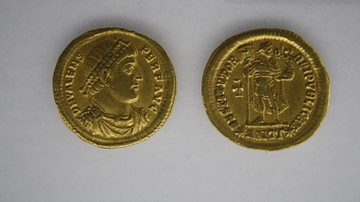
Image
Valens Gold Solidus
Two gold solidus coins depicting Roman emperor Valens, r. 364-378 BCE. Provenance: north-west France. (Vannes Archaeological Museum, France)

Image
Neolithic Gold Bead
A gold bead from the dolmen d'Er Roh, La Trinite Sur Mer, France, 2200-2000 BCE.
Vannes Archaeological Museum, France.
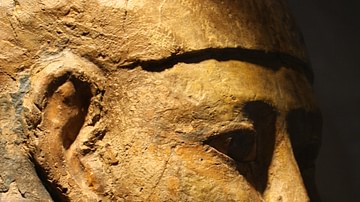
Image
Egyptian Priest Sarcophagus
Egyptian sarcophagus of Ankh-ef-Khons, a priest of Thebes. Wood, 945-712 BCE. (Vannes Archaeological Museum, France)
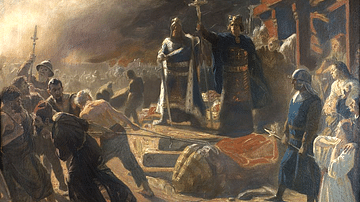
Image
Bishop Absalon topples the god Svantevit at Arkona
Painting by Laurits Tuxen showing a Christian Bishop displacing an image of the pagan Slavic deities during the Christianisation process of the Slavic culture. Most the Slavic mythology and lore was lost during this time.
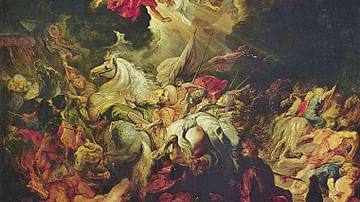
Image
The Defeat of Sennacherib
The Defeat of Sennacherib, Peter Paul Rubens, 1612 CE, Alte Pinakothek, Munich.
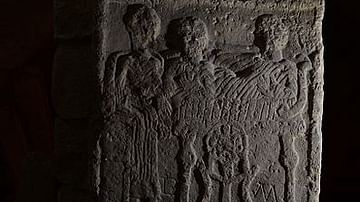
Image
Stele with Epitaph from Roman Dacia (Romania)
A Roman stele with an epitaph from the ancient town of Potaissa in Dacia (present-day Turda, Romania). It was made between c.151-270 CE. Height: 205 cm (80.7 in) Width: 77 cm (30.3 in) Depth: 17 cm (6.7 in) Transcription: Valeria...
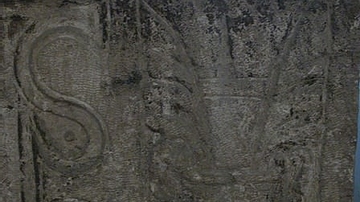
Image
Roman Epigraphic Stone from Hungary
A Roman epigraphic stone found in the ancient town of Brigetio, which was located in the Roman province of Pannonia superior. (This is present-day Komárom, Hungary.) Transcription: D(is) M(anibus) / C(aio) Iul(io) Candidiano / q(ui...

Image
Sex in Pompeii
This Roman fresco shows the act of making love. It was found in the bedroom (cubiculum) of the Casa del Centenario (IX 8,3) in Pompeii. 1st Century CE.
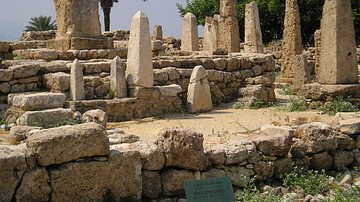
Image
Temple of the Obelisks
The Temple of the Obelisks in Byblos was an ancient Phoenician temple built in the Late Bronze Age (1600-1200 BCE).